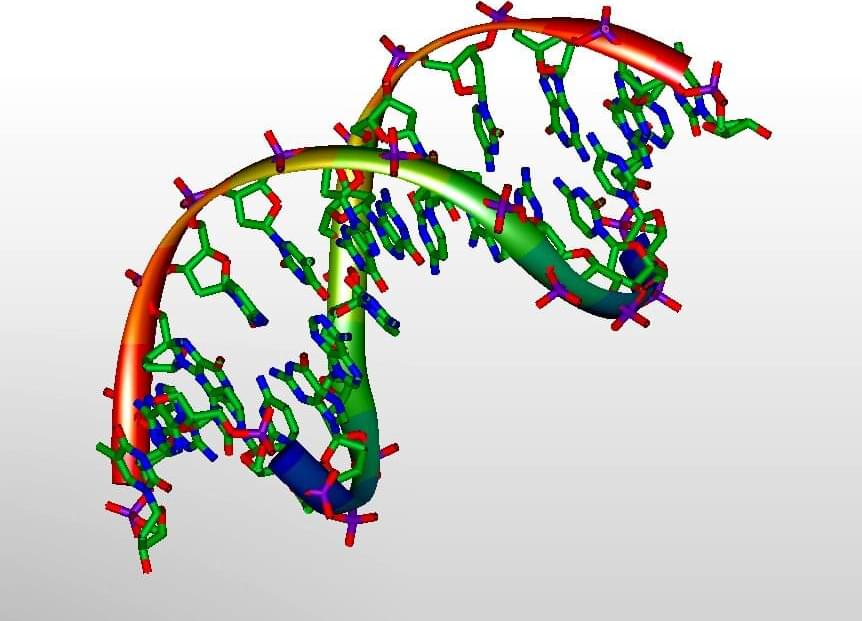Every living cell must interpret its genetic code—a sequence of chemical letters that governs countless cellular functions. A new study by researchers from the Center for Theoretical Biological Physics at Rice University has uncovered the mechanism by which the identity of the letters following a given nucleotide in DNA affects the likelihood of mistakes during transcription, the process by which DNA is copied into RNA. The discovery offers new insight into hidden factors that influence transcription accuracy.
The work is published in the journal Proceedings of the National Academy of Sciences.
The study was authored by Tripti Midha, Anatoly Kolomeisky and Oleg Igoshin. It shows why genetic sequences are not equally prone to errors. Instead, the identity of the two nucleotides immediately downstream of a site significantly alters the error rate during transcription. This discovery builds on prior insights by the same authors on enzymatic proofreading mechanisms, factoring in the effects of distinct kinetics for different nucleotide additions.
